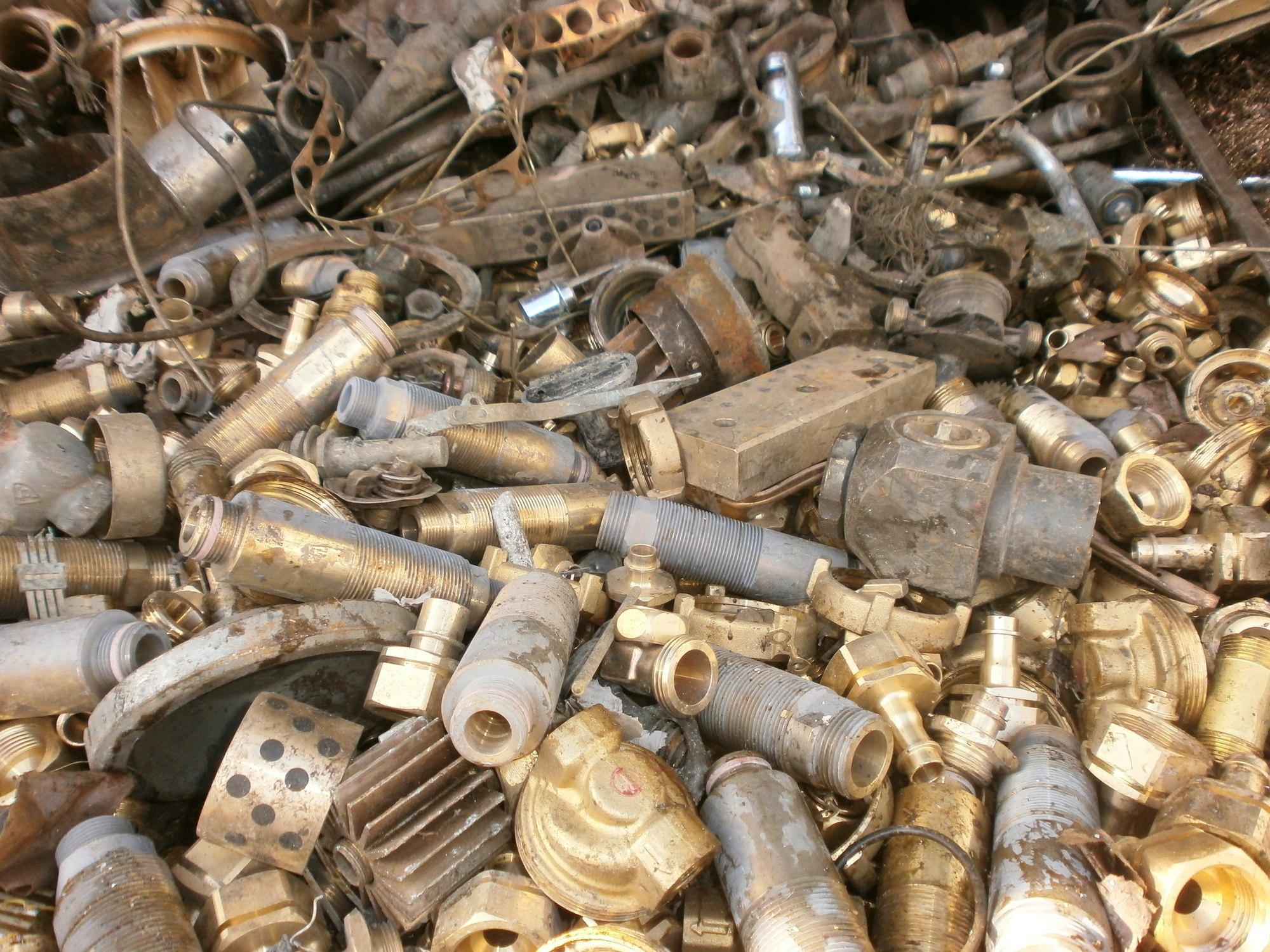Brass Scrap Recycling: A Complete Guide

Brass scrap recycling has become an essential practice in today’s industrial and environmental landscape. The process not only minimizes waste but also conserves valuable resources and generates economic benefits. This guide provides a comprehensive overview of brass scrap recycling, including its significance, methods, applications, and market trends.
What is Brass Scrap?
Brass is a durable and corrosion-resistant alloy made from copper and zinc. It is widely used in plumbing, construction, electrical components, and decorative items. Brass scrap refers to leftover, discarded, or obsolete brass products that can be collected and recycled to manufacture new materials.
Why Recycle Brass Scrap?
Recycling brass scrap offers numerous advantages, including:
-
Environmental Protection: Recycling reduces the need for mining, conserving natural resources and preventing habitat destruction.
-
Energy Efficiency: Recycling brass consumes less energy compared to extracting and processing raw materials.
-
Economic Value: Brass scrap retains high monetary value, making it a profitable resource for businesses and individuals.
-
Waste Reduction: Diverting brass scrap from landfills promotes sustainable waste management.
Types of Brass Scrap
Brass scrap comes in various forms, each with specific recycling processes and applications:
-
Yellow Brass: Commonly found in plumbing and hardware, yellow brass contains a higher percentage of zinc.
-
Red Brass: Rich in copper, red brass is often used in industrial machinery and electrical components.
-
Admiralty Brass: Highly resistant to corrosion, this type is widely used in marine applications.
-
Cartridge Brass: Found in ammunition casings, it is durable and malleable.
The Recycling Process
The brass recycling process is systematic and involves the following steps:
1. Collection
Brass scrap is sourced from various industries, construction sites, and households. Common items include old plumbing fixtures, keys, musical instruments, and decorative pieces.
2. Sorting
Scrap is sorted based on its type and quality. Clean and uncontaminated brass yields higher recycling value.
3. Shredding and Cleaning
Large pieces are shredded into smaller parts, and contaminants like paint, rubber, or other metals are removed.
4. Melting
The cleaned scrap is melted in high-temperature furnaces. The molten brass is refined to eliminate impurities.
5. Recasting
Refined brass is recast into bars, sheets, or ingots, which can then be used for manufacturing new products.
Applications of Recycled Brass
Recycled brass is versatile and used across multiple sectors:
-
Construction: Locks, plumbing fixtures, and door handles
-
Electronics: Connectors, terminals, and other electrical components
-
Automotive: Radiator components and decorative trims
-
Art and Design: Sculptures, jewelry, and home decor
-
Ammunition: Bullet casings and shells
Current Market Trends
The brass scrap recycling industry is influenced by global demand, technological advancements, and environmental policies. Key trends include:
-
Rising Demand for Sustainability: Companies are prioritizing eco-friendly practices, increasing the demand for recycled materials.
-
Price Volatility: Brass scrap prices fluctuate based on global copper and zinc markets.
-
Technological Innovations: Advanced recycling techniques improve efficiency and lower costs.
-
Government Incentives: Policies promoting recycling and resource conservation drive the brass scrap market.
Tips for Selling Brass Scrap
To maximize the value of your brass scrap, follow these best practices:
-
Sort and Clean: Separate brass from other metals and remove contaminants.
-
Know Market Rates: Research current brass scrap prices to ensure you get a fair deal.
-
Choose Reputable Buyers: Work with trusted scrap yards or recycling facilities.
-
Accurate Weighing: Use calibrated scales to weigh your scrap accurately.
Conclusion
Brass scrap recycling is a win-win for the environment and the economy. By recycling brass, we conserve resources, reduce waste, and support sustainable industrial practices. Whether you are a business owner, recycler, or simply an environmentally conscious individual, participating in brass scrap recycling can make a significant difference.
- Art
- Causes
- Crafts
- Dance
- Drinks
- Film
- Fitness
- Food
- Games
- Gardening
- Health
- Home
- Literature
- Music
- Networking
- Other
- Party
- Religion
- Shopping
- Sports
- Theater
- Wellness


